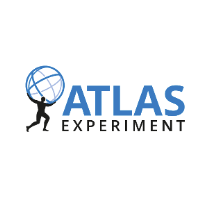ATLAS

The first run of the LHC, with proton-proton collisions at 7-8 TeV, led to the discovery of the Higgs boson at the end of 2012. The analysis of the data from the second run, from 2015 to 2018 at 13 TeV, deepened the measurement of the properties of this particle, without revealing any new physical effects not predicted by the Standard Model (SM).
In the following years, the integrated luminosity of 140 fb-1 allowed ATLAS to explore new study channels and improve the precision of measurements of existing channels, whether it be measuring rare processes in the electroweak sector of the Standard Model, finely characterizing the properties of the Higgs boson and its couplings to other particles, or searching for direct manifestations of new resonances.
In parallel with these analyses, the preparation of various upgrades for the ATLAS detector continued. With extensive expertise in mechanics and electronics, gained during the design, construction, and installation of the ATLAS liquid argon electromagnetic calorimeter (1995-2005), the LAPP group led the design, construction, installation, and commissioning of a new data transmission electronic board for the trigger acquisition system, LATOME. This allowed the transition from an analog to a digital trigger system, thus increasing the bandwidth and the rate of interesting collisions, to cope with the increased luminosity of the LHC.
Furthermore, a second upgrade is planned for 2027 during which the entire electronics of the calorimeter will need to be replaced. The group is working on developing new solutions for the calibration and digital readout electronics of the calorimeter. Having participated in the construction and installation of the IBL (Insertable B-Layer) pixel detector in 2013 and 2014, the group then contributed to the design and prototyping studies of a new internal pixel tracking detector for the high-luminosity phase of the LHC (HL-LHC), scheduled for 2027. The group is preparing for the fabrication of this detector in the coming years.
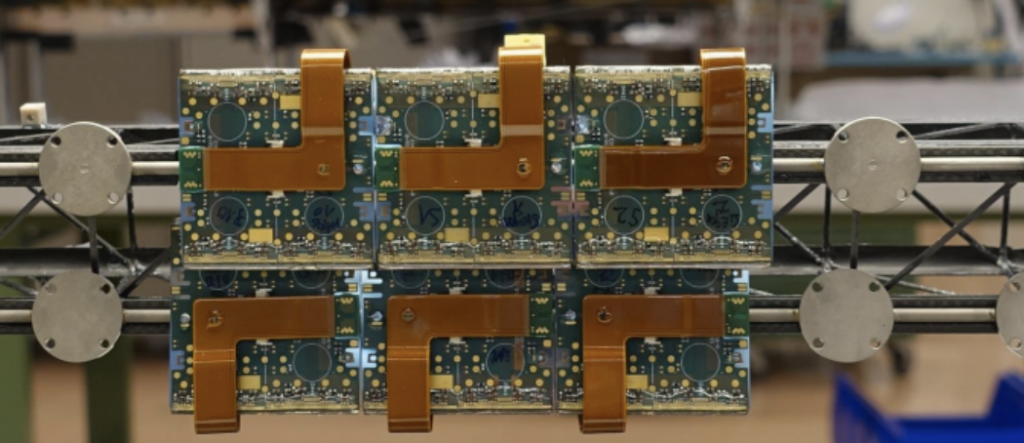
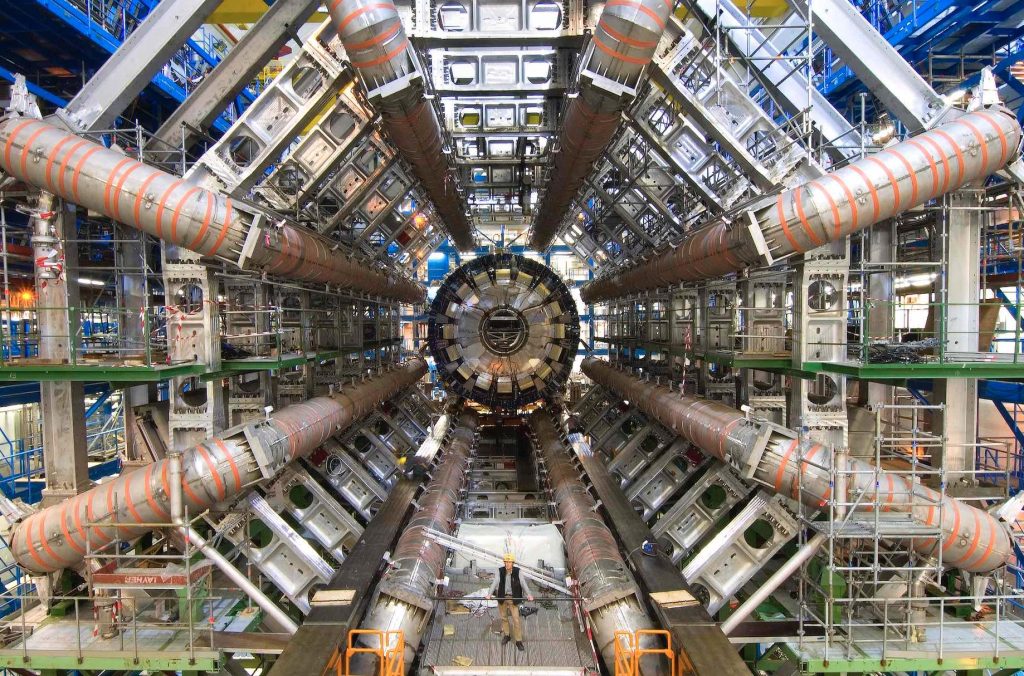
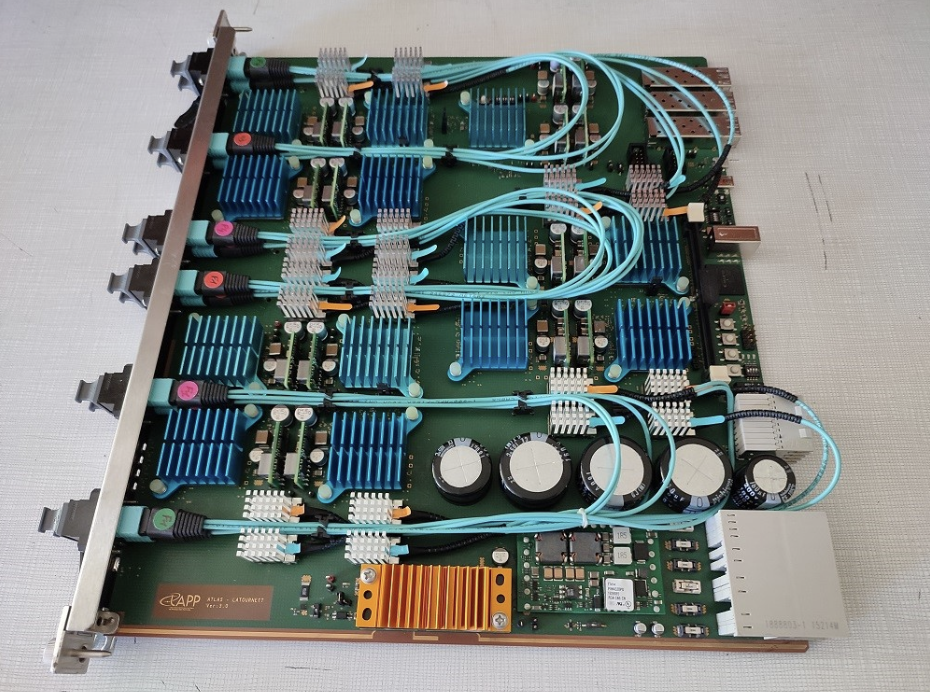
Activities of LAPP
Since the beginning of the ATLAS experiment, LAPP has played a key role within the Collaboration, marked by the discovery in 2012 and subsequent study of the properties of the Higgs boson. In addition to its research efforts aimed at detecting signals of unknown physics, the group contributes to the operational management of the detector. It is also involved in the design, fabrication, and deployment of new detectors to accommodate the increased luminosity expected in future data taking periods.
Completed PhD theses and Habilitation
- Iro Koletsou – HDR’s defense – Dec. 20, 2023 – 14h – Un guide vers la Diffusion des Bosons Vecteurs Vector boson scattering (VBS), VV → VV with V = W/Z/γ, is
- Gitanjali Poddar – Phd’s defense – oct. 6, 2023 – Study of Z-photon Scattering and upgrade of the Liquid Argon Electronic Calibration Board with the ATLAS detector
- Luka Selem – Phd’s defense – Sep. 29, 2023 – Measurement of gauge boson joint-polarisation states in WZ production at the LHC with the ATLAS detector
- Luca Franco – Phd’s defense – jan. 13, 2022 – Precision measurements of the Higgs Boson properties with the decay into two photons at the ATLAS experiment
- Mohamed Belfkir – Phd’s defense – sep. 15, 2021 – Search for Higgs pair production at LHC collider (CERN): The first measurement for Higgs potential and search for new physics
- Louis Portales – Phd’s defense – oct. 1, 2020 – Observation of electroweak WZjj production and studies on pile-up mitigation with the ATLAS detector
- Olympia Dartsi – Phd’s defense – oct. 3, 2019 – Search for the electroweak production of Zγ pairs and measurement of the differential cross section of the Zγ production in association with two jets with the ATLAS experiment at LHC
- Pierre Barroca – Phd’s defense – sep. 30, 2019 – Modelling of CO2 cooling of the ATLAS ITk Pixel Detector
- Peter Johannes Falke – Phd’s defense – sep. 20, 2019 – Search for new heavy resonances in the dilepton final state and calibration of the LAr Phase-1 Upgrade demonstrator at the ATLAS experiment
- Saskia Moenig (Falke) – Phd’s defense – sep. 17, 2019 – Measurement of the Higgs boson properties with Run 2 data of the ATLAS experiment
Collaboration
The ATLAS experiment, conducted at the Large Hadron Collider (LHC) at CERN, represents one of the largest international scientific collaborations. Over 3,000 scientists, engineers, and researchers from more than 180 institutions across over 40 countries participate in this endeavor. This diversity underscores the global scope of the cooperative effort aimed at understanding the fundamental phenomena of particle physics.
France plays a central role within the ATLAS collaboration. The CNRS (Centre National de la Recherche Scientifique) and IN2P3 (Institut National de Physique Nucléaire et de Physique des Particules) are key players in this involvement. Renowned laboratories such as LPNHE, IJCLab, and CPPM actively contribute to the design, construction, and operation of the ATLAS detector.
Actualités
- All
- Science
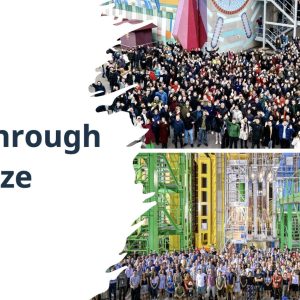
Physicists from the Laboratoire d’Annecy de Physique de Particules (LAPP) are among the thousands of researchers worldwide honoured with the
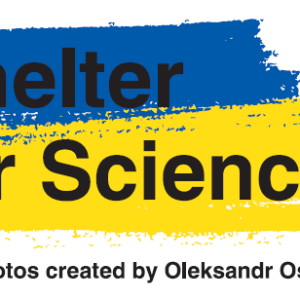
Since 22 January 2024, the Grande Galerie of LAPP has been hosting a photo exhibition titled “Shelter for Science” by
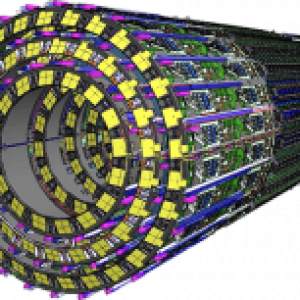
CERN’s Large Hadron Collider (HL-LHC) project aims to push the LHC’s performance to its maximum, to increase the potential for the discovery of new physics and to measure the properties of the Higgs boson with unprecedented precision, in order to search for even small deviations between theory and experimental measurements. The aim of the HL-LHC is to increase the instantaneous luminosity of the LHC to multiply the amount...


